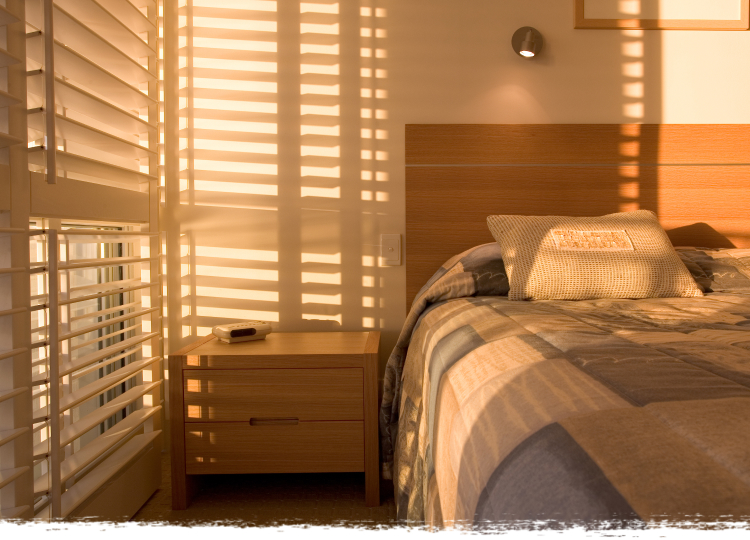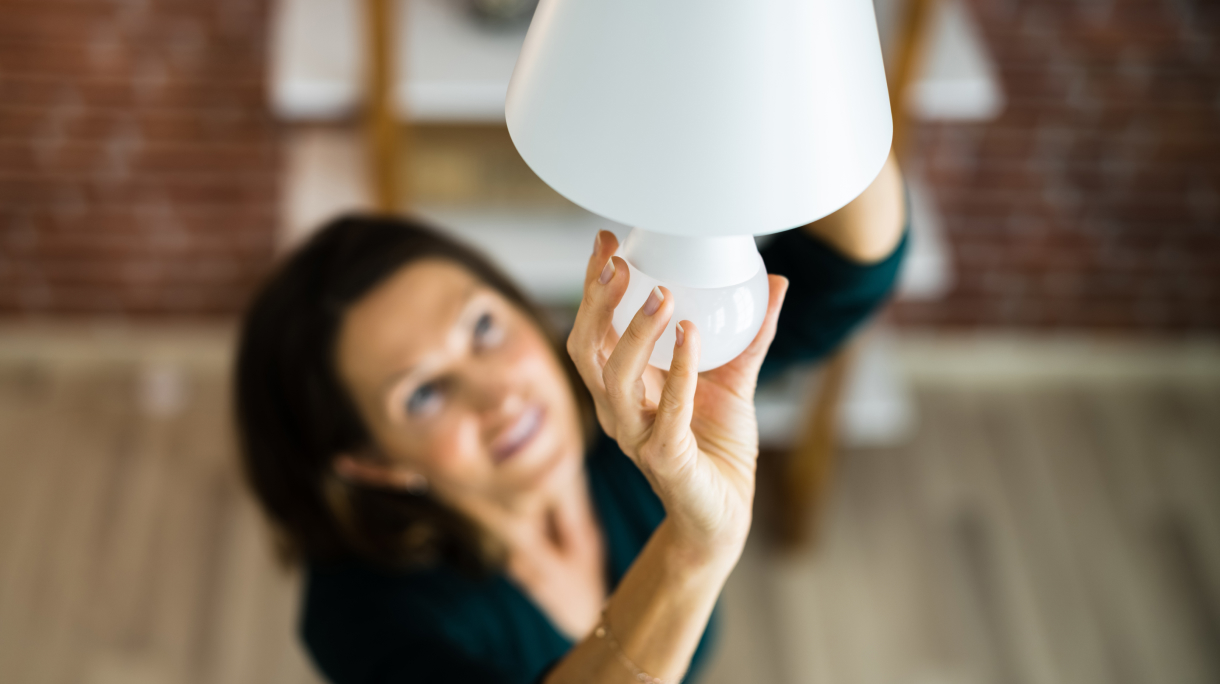Lighting the Way: Energy-Efficient Lighting Options for Your Country Home
Did you know that lighting accounts for 11% of the energy consumption in your home? As we all continue to think about energy costs and carbon emissions, there’s never been a greater incentive to go green.
Thankfully, even with Britain’s unpredictable weather and long winter nights, there are still ways to reduce your lighting energy usage. Make these small changes around the home to see a huge difference.
What to consider when choosing the most energy efficient lighting for your home
For country homes, there may be limitations to your tech or electricity setup. For example, it could be harder to use smart lighting monitors if WiFi is slow, or motion sensors might be triggered by animals. Instead, you can start small by looking at the resources you have – starting with light bulbs.
Types of light bulbs
Traditional lighting is being phased out, and for good reason. Incandescent light bulbs, which date back more than a century, only convert around one-twentieth of energy into light. You may get better results from halogen bulbs, particularly for high-energy spotlights, but modern technology is a huge improvement.
Today, you’re far better off with a light emitting diode. LED light bulbs have now replaced compact fluorescent lamps (CFLs), which used 70% less electricity than their predecessors. But for the ultimate in energy efficiency, LED bulbs are versatile and cheap. You can use them for various fittings such as:
- General interior lighting
- Outdoor lighting for gardens and security
- Spotlighting to illuminate room features
- Dimmers, ideal for creating mood lighting
- Crystal chandeliers
Amount of light from natural sources
Beyond the type of bulb you’re using, you can also lower energy bills by focusing on natural light. Daylight has myriad effects on your wellbeing, including elevating your mood and regulating your sleep cycle. So, if your doors and windows are limited, there are other ways to incorporate the sunshine.
Place objects of interest strategically
Your window placement will affect how much light enters your home. As a rule, south-facing windows have the most generous amount of light, whereas north-facing is more constant but softer. Consider how the light travels throughout the room and add points of interest, such as fireplaces or feature walls, in these areas.
Hang mirrors opposite windows where possible
You can help your rooms look larger by making the most of reflective surfaces. Place mirrors or reflective materials opposite windows to bounce light around the room. This will enhance both natural and artificial light. This extends to glass furniture too, creating an engaging space.
Treat your windows
Blinds regulate the amount of natural light coming in. You can use drapes and blackout blinds for ultimate darkness, or automated blinds to move in time with your circadian rhythms. You can also try filtering treatments on windows, ideal if you like your privacy.

Functionality
The type of lighting in your home may be influenced by function, too. Remember that low energy bulbs use less wattage, so if you’re worried about your bulbs being too dull, it’s best to look at lumens instead – which is the measure of how much visible light a light source emits per unit of time, as perceived by the human eye.
An LED might consume 10 watts, compared to 60 to 100-watt traditional incandescent bulbs. But this is a measure of energy, not brightness. Choose your low energy lighting solutions based on lumens – up to 1,520 for the equivalent of a 100-watt bulb, or 140 for a 15-watt bulb.
In your living areas, choose warm white colours for general day-to-day. In office areas or anywhere that requires high productivity, like a studio, go for a cool white or pure white. You can also choose dimmable switches for mood lighting or only go for full brightness in high-energy areas like home gyms.

Interior colour schemes
You may be compromising light quality simply by using the wrong colours in your home. White is the obvious choice for brightening up a room, but you can also go bolder with oranges and pinks, or even light neutrals. Break up colours with bold statement furniture pieces.
It also pays to look at the colour rendering index (CRI) on an energy saving light bulb. The higher the number stated on the packaging, the more representative of your interior colours it will be.
Room layout
You might not realise it, but your room layout can significantly affect your energy usage. Position light switches in convenient spots, like near door frames, to make it easier to remember to turn them off when leaving the room. Also, consider alternative lighting options beyond ceiling lights, such as task lighting or lamps, for activities like reading.
If your off-grid home allows, you can also use lighting technology like timers for outdoor settings. You can program this based on your lifestyle habits, helping you improve security and use less energy.

Maintenance
Maintaining high-quality lighting is about more than replacing old filaments. Look after your lights just as you would the rest of the home – make sure lampshades don’t get too dusty, and avoid darker colours for these.
The final tip sounds simple enough but the numbers add up. Always turn a light off if you’re not in the room – this can save up to £30 a year!
More energy tips to save you money with Certas Energy
Whether you’re lowering your carbon footprint or just keeping your electricity bills down, we’ve got more energy-saving tips for you. Explore the full range with our online resources here.




